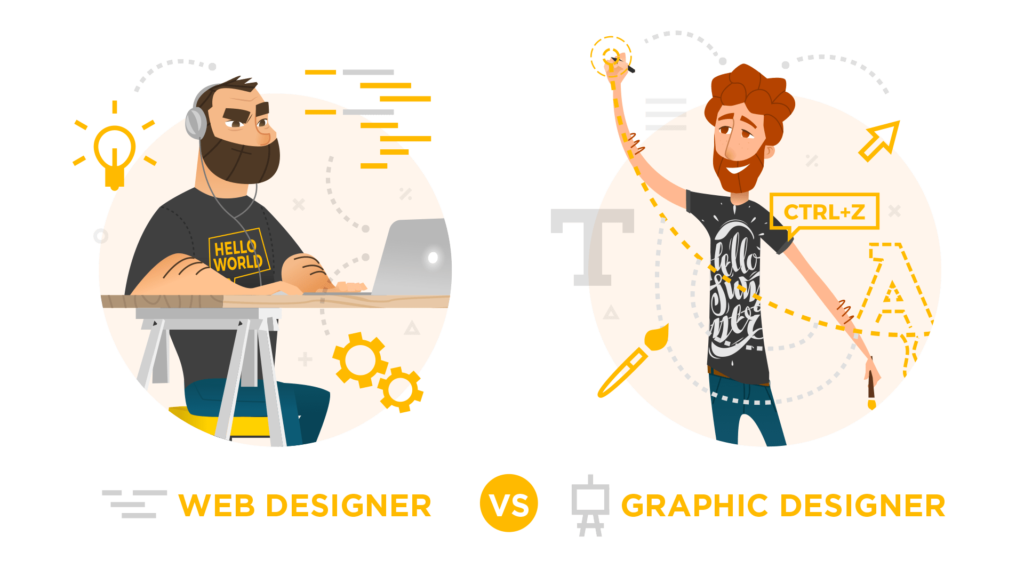Southeast Insights
Your go-to source for news and information from the vibrant heart of Shenyang.
Designing Delight: Crafting Web Magic with Graphics
Unleash your creativity! Discover how stunning graphics can transform your web design into a captivating delight that engages and converts.
The Power of Color: How Color Theory Transforms Web Design
The Power of Color is a critical aspect of web design that can profoundly impact user experience and engagement. By understanding color theory, designers can create visually appealing websites that not only attract visitors but also retain their attention. Colors evoke emotions and can influence perceptions; for instance, warm colors like red and orange often convey excitement and urgency, while cool colors like blue and green promote tranquility and trust. Utilizing these principles strategically allows designers to enhance brand identity and effectively communicate a message, ensuring that the site resonates with its target audience.
Incorporating color theory into web design also involves understanding how different colors interact with each other. A harmonious color palette can make a website more aesthetically pleasing and user-friendly. For instance, using complementary colors can create a visually striking effect, whereas analogous colors can produce a more cohesive and calming look. By leveraging tools such as the color wheel and contrast scales, designers can ensure that their choice of colors improves readability and accessibility, ultimately leading to a more successful online presence.

5 Key Principles of Composition for Stunning Web Graphics
Creating stunning web graphics requires a solid understanding of composition. One of the essential principles is balance. This involves distributing visual elements evenly throughout the design to create a sense of harmony. You can achieve balance through symmetrical layouts, where elements are evenly arranged on either side, or asymmetrical layouts, where different elements balance each other out through visual weight. Another key principle is contrast; using contrasting colors, sizes, and shapes not only draws attention but also enhances readability, making your designs more effective.
Additionally, alignment plays a crucial role in guiding the viewer's eye and establishing a clear structure in your graphics. By aligning elements along edges or around a central focal point, you create a cohesive look that enhances professionalism. The rule of thirds is another important aspect; by dividing your graphic into a 3x3 grid and placing key elements along the lines or at their intersections, you can create more dynamic and engaging compositions. Lastly, remember the importance of white space; leaving empty space around elements helps to give them breathing room and makes your graphics visually appealing.
Unlocking User Engagement: What Makes a Graphic Truly Delightful?
Engaging graphics are more than just visually appealing; they play a crucial role in keeping users interested and invested in your content. A delightful graphic harnesses the power of color, composition, and clarity to captivate the audience. For instance, utilizing a well-balanced color scheme can evoke emotions, while a clean layout ensures that the viewer's attention is directed toward the most critical information. Moreover, incorporating interactive elements can significantly boost user engagement, as users are more likely to interact with content that encourages participation. Consider using animations, hover effects, or clickable infographics to make your graphics stand out.
Beyond aesthetics, delightful graphics must also convey a clear message. Effective messaging involves using concise text, simple icons, and intuitive design to communicate ideas quickly. Implementing a visual hierarchy helps users process information effortlessly, allowing them to understand key points at a glance. To ensure accessibility, always consider providing alt text for images and maintaining a balance between text and visuals. In summary, the fusion of visual appeal and clear messaging forms the foundation of graphics that not only attract viewers but also enhance their overall engagement with your content.